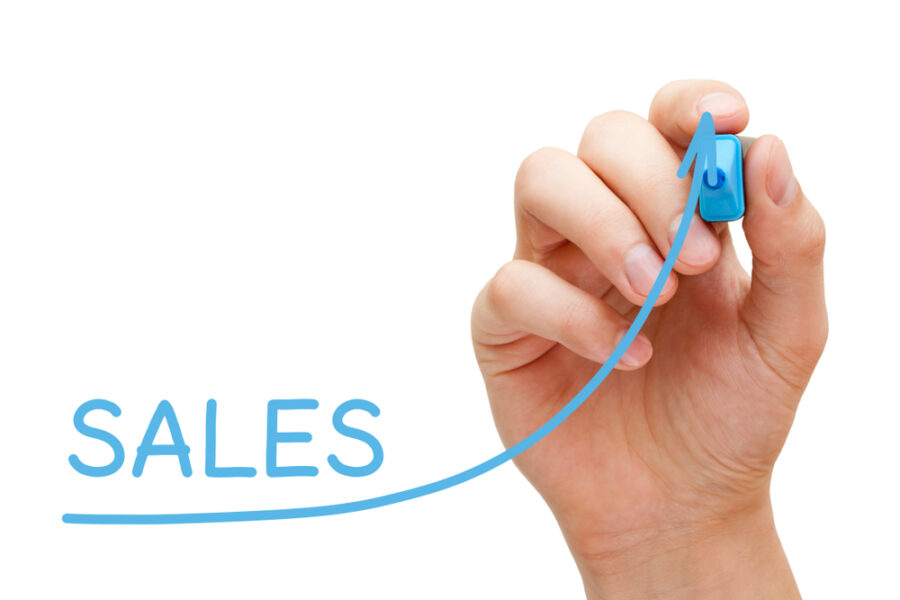A loyalty management system (LMS) is a tool for creating and managing loyalty programs. It helps businesses to increase revenue by fostering long-term customer relationships. LMS tools include a dashboard for business users to set rules and review performance reports. These tools also connect to POS systems and other data sources to provide detailed profiles of each individual.
Customer Retention
A loyalty management system allows businesses to create different structures for their loyalty programs, including points-based, tier-based, and subscription programs. These programs allow a company to automatically track recurring customer payments and reward points or other items to those users. The system also allows merchants to send timed and automated messages to program members, one of the most effective ways of growing a brand through word-of-mouth referral marketing. It can also help companies eliminate price competition by providing a distinct value proposition that sets them apart. A successful loyalty-based business model puts customer value at the center of its strategy, which requires rethinking four essential aspects of the business: customers, product/service offerings, employees, and measurement systems. It is a significant undertaking because it involves engineering a system that rewards long-term loyalty over short-term profit gains. But it is the only way a business can achieve sustainable, superior profits.
Increased Revenue
Increasing sales is an important business goal. Loyalty programs offer a great way to boost sales by rewarding program members and providing other benefits that encourage repeat purchases. This increases a company’s lifetime value per customer, which ultimately leads to higher profits. The ability to communicate with program members through email and SMS is also a key feature of loyalty management systems. This functionality can be built-in to the software or integrated through third-party marketing services. It allows merchants to send timed and automated communications to program members, including product offers, promotions, referral codes, and other essential updates. Some loyalty programs also include a digital wallet that streamlines rewards and payment. This allows program members to go cardless and checkout faster while still having their points, coupons, and other rewards information stored on their devices. This is a beneficial feature for businesses with e-commerce-only stores, making the process more convenient for customers. Depending on the solution, it may even allow customers to share their account details with friends and family.
Increased Customer Satisfaction
A loyalty management system gives you the tools to create a unique customer experience. It allows you to offer rewards like discounts, free products, perks, and insider information to make them feel valued and connected to the brand. This helps you to build trust with them, leading to higher customer retention and increased lifetime value of each client. Loyalty programs use tracking to identify key user segments based on their purchase history, product interests, demographics, social behavior, trends, and more. The program can send personalized communication for specific products to these groups using machine learning, improving engagement and increasing satisfaction with their experience with the brand.
Increased Brand Loyalty
In addition to generating revenue, customer loyalty programs can help organizations grow their brand. Organizations can achieve their growth goals by encouraging customers to buy more frequently, increasing their order size and value, or spreading the word about their experiences. While many customers join loyalty programs to earn rewards, these programs also help build relationships between the brand and the customer. When a brand shows care and commitment to its customers, they become loyal to the brand. Offering a program that aligns with your audience’s values is essential to inspire brand loyalty. When selecting a loyalty management system, look for one that seamlessly integrates with your e-commerce platform and offers performance insights. A tier or points-per-dollar structure is ideal for most brands, but the system should be customized to your needs. Promote the program by integrating it into your thank-you emails and customer onboarding, as well as your website and social media channels.
Increased Customer Engagement
Loyalty program data provides valuable insights into the behavior of your customers. This information can help you target your marketing campaigns to increase customer engagement and product sales. For example, if your customers are likely to buy complementary products, you can offer them relevant promotions through your loyalty program. This will encourage repeat purchases and boost sales. The LMS allows businesses to create various program structures, including points-based, tier-based, subscription-based, and more. Each structure has its own set of rules that the system automatically applies to each customer. The LMS also provides merchants with a dashboard to view detailed reports and performance metrics. It can also be integrated with various touchpoints like POS systems and websites. The system can also provide merchants with messaging functionality to communicate with program members through email or SMS. These messages can include wish lists for birthdays or special occasions, surprise and delight gifts, exclusive offers, and more. This communication will build emotional loyalty with your customers. In turn, this will enhance brand loyalty.
More Stuff For Your Inspiration:
- No Related Posts
Related posts
Categories
- Around The World (369)
- Business (57)
- Education (9)
- Home Improvement (23)
- Humor (191)
- Inspiration (512)
- Lifestyle (21)
- Motivation (2)
- News (31)
- Photo of the Day (257)
- Photography (105)
- Technology (61)
- Travel (8)



